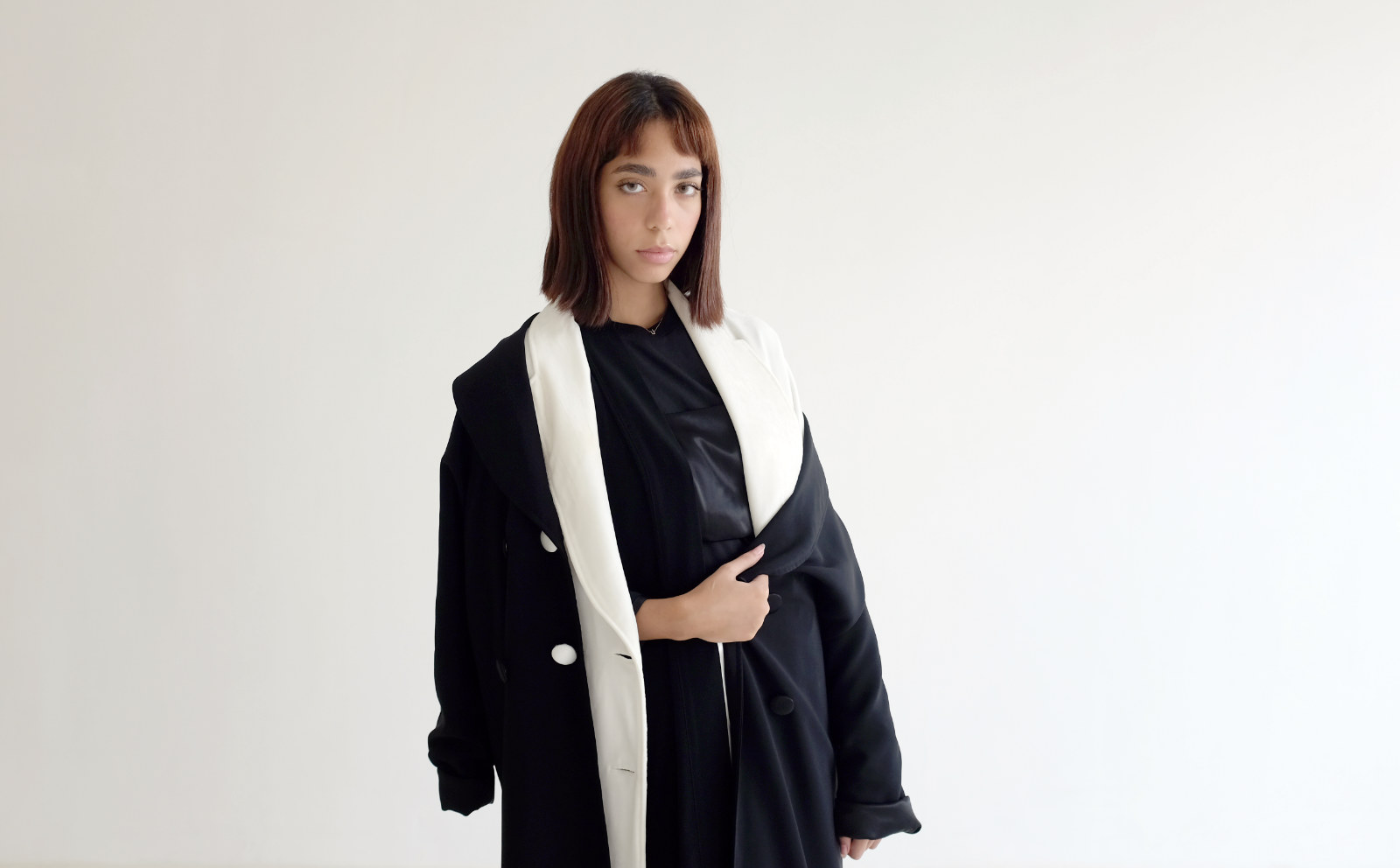
FASHION Jalila Nayil’s minimalist philosophy informs her approach to fashion design with her label Laith. Qurratulain Wahab speaks with her
Photographed by Ayesha Tariq and Jalila Nayil
From the February 2020 issue of Lucire KSA
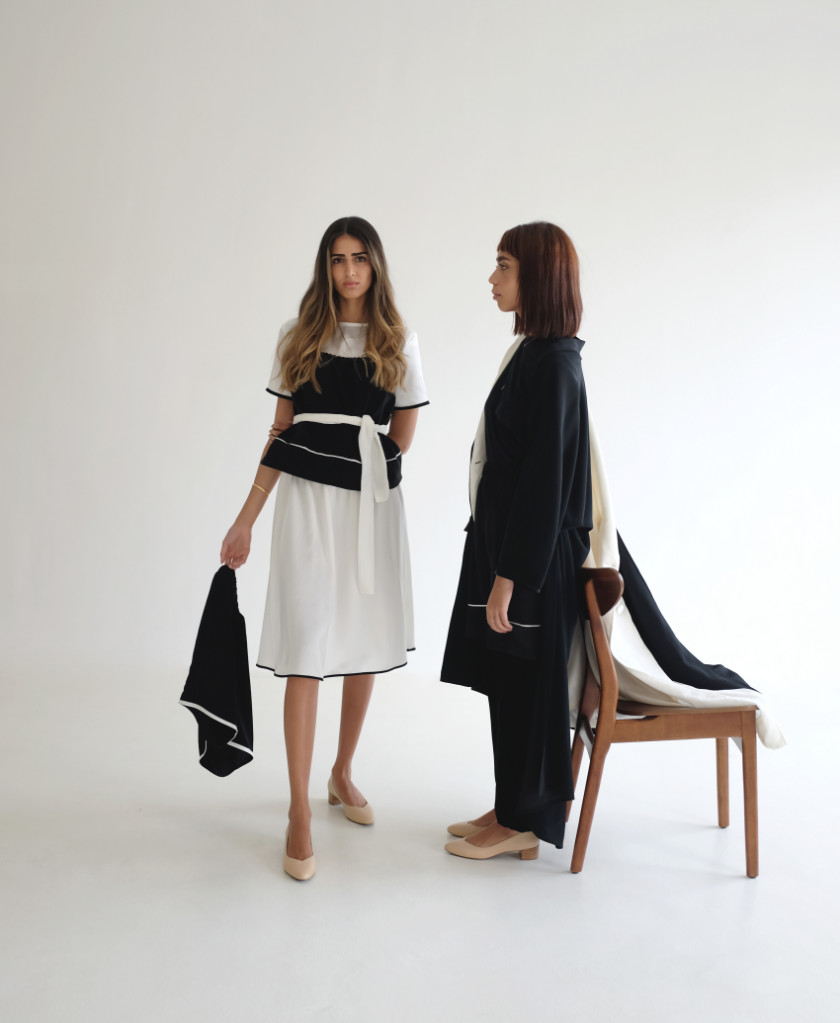
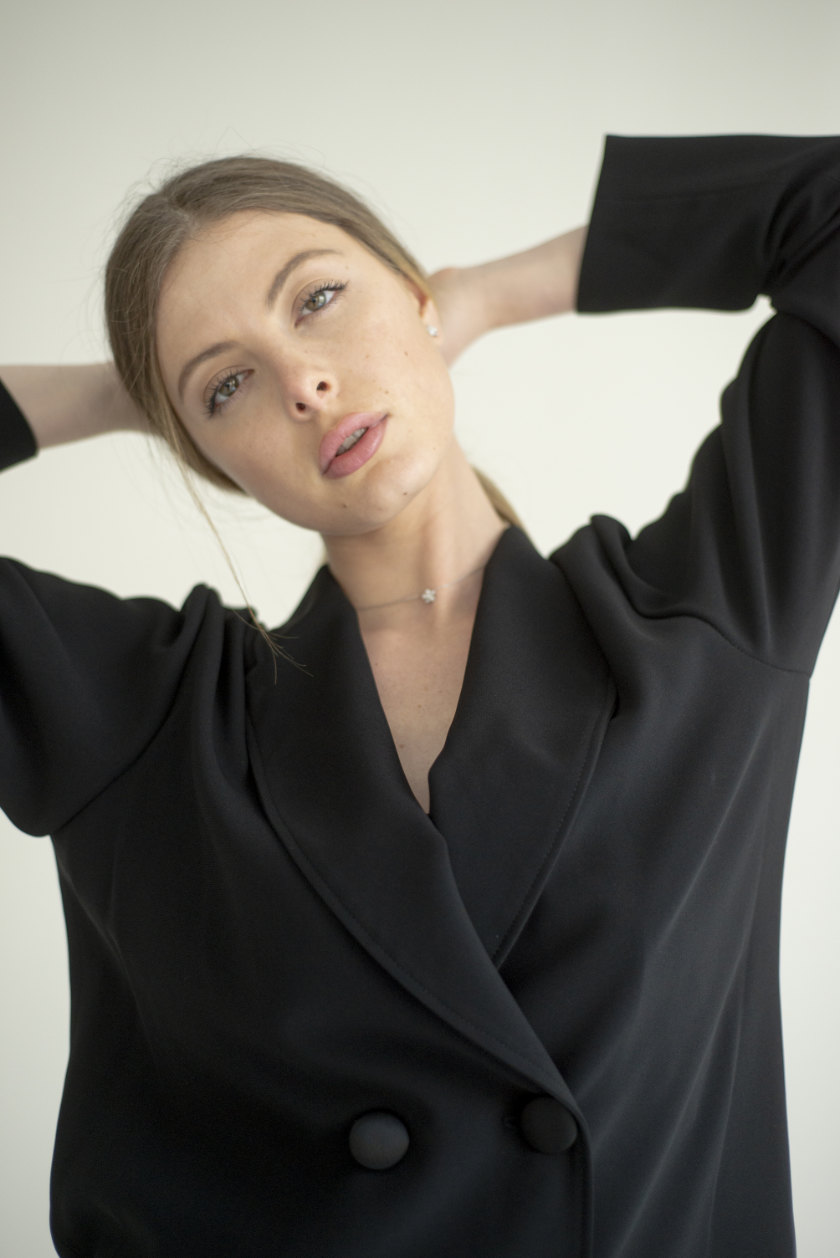
New designs from Laith that made their début in February exclusively in Lucire KSA
Qurratulain Wahab was the original editor of Lucire KSA.
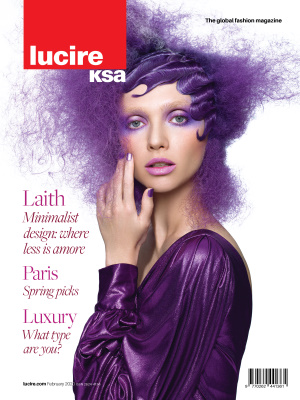 Launched two years ago, Laith embarks on a fashion journey into minimalism, in the belief that simplicity and elegance go hand-in-hand, and clutter only brings stress to your life. Jalila Nayil founded her label’s thinking on real research, and has created collections of well designed fashion, often with a luxurious feel that belies her adherence to simple, minimal colours.
Launched two years ago, Laith embarks on a fashion journey into minimalism, in the belief that simplicity and elegance go hand-in-hand, and clutter only brings stress to your life. Jalila Nayil founded her label’s thinking on real research, and has created collections of well designed fashion, often with a luxurious feel that belies her adherence to simple, minimal colours.
Lucire KSA: Can you tell us about yourself, your background, education and how you got into fashion?
Jalila Nayil: I have been exposed to art and design from childhood. I studied graphic design at Jeddah’s Dar Al-Hekma University and my entrepreneurial spirit started as a freelance designer working for many well known brands. My creative approach to digital images, canvas paintings, and photography got me noticed in local design circles and that led to my work being displayed in international exhibitions. I am a graphic designer first and I have been working as a designer since 2009. Initially I worked with other designers until I created my own brand. With graphic design I felt as if I wasn’t connecting with the client, so I began thinking more and more about what I wanted to do. I realized that my ideas were very minimal, elegant and simple but with a lot of concept behind them, and that the space that we work and live in is also similar and connected to that minimal vibe, but my wardrobe was something very different. It was very flashy, colourful. Then I wanted cohesiveness in all aspects of my life. After reflecting a lot, I settled on the concept of minimalism in life in general. Now with everything, I think of how things can be made minimal to make life less stressful. At that point, I realized that whenever you minimalize and remove clutter, you feel lighter and easier.
Can you please talk more about your approach to a lifestyle inspired by minimalism?
Based on research, I learned that people wear only 20 per cent of what they buy. Eighty per cent of what they own, they don’t wear, and that just adds stress to their lives. Our society today is very trend-based, and I fall into that, too. We keep following trends and buying stuff that we think is relevant to current trends without realizing that it loses its value over time and we no longer even connect with it. There are so many things in our closets but there is no connection to us so they just sit there. We keep on buying and wasting more and more money, fabrics and resources. It took me two years to understand my personality and who I was and what I liked and what I didn’t like. Once you know your style and undertone, you will instantly know what works for you and what doesn’t. Now, if I look at something that is trending, I will not buy it instantly; I think carefully about what I have learned and if I am still sure that the item will fit my wardrobe vibe and style, then I buy it. Otherwise, I don’t. To keep my closet minimal, I buy pieces that are timeless, pieces that I can always re-wear. All the items in my wardrobe work very well together. I really admire French fashion and style. You go with just three focal points—nothing more than three colours—all neutral colours like blacks and whites, beige, khaki or jeans and then add one accent colour that complements you and then just pair them together this way or that.
Can you talk about your brand Laith and its concept?
Laith is a new fashion brand for women that features luxury through minimalism. Fashion is so much more than just what you wear. I didn’t study fashion. I learned it over the years. The brand is basically my closet. Everything that I tried finding in Saudi Arabia and couldn’t, I created. My pieces are very easy, comfortable, elegant and timeless and can be worn either casually or for formal occasions. It depends on how you pair them. You could wear a piece from my collection with flats or sneakers, it will be your casual everyday outfit, but if you pair that same item with heels and do your hair and make-up, you are ready to attend a wedding. I have personally done that with my pieces and it has worked for me so well. I wanted my pieces to be versatile and speak to everyone and not have a nationality. Any person should be able to wear it because it looks universal. And you are not paying for a piece to wear only once; you can wear it for years. It will still be the same quality even after years and will work no matter what the trend. My pieces speak to each body type in its own way like a piece of art. I personally want to look good without thinking too much about it. I don’t like cluttered closets. I don’t like spending 20 or 30 minutes searching for something in my closet every day. It is very relaxing to have a couple of items in the closet that you can wear without any doubt.
You talk about “slow fashion” in many of your interviews. Can you please explain what you mean?
It is about consciousness. It is about giving the best that you have and making things more personalized, because you give time enough to the process of design, and so let your personality reveal itself. It is about focusing more on the quality. Laith is about making life easier by knowing what suits and by knowing how and where the fabrics have come from. I wouldn’t push people to buy the brand because it is my brand and I want to sell it. No, I want people to buy only if they support the brand and its concept and want to invest in their wardrobe and a mindset that they are willing to represent. While I was doing my research on the topic, I found that most people spend more money on occasional-wear than daily-wear, whereas you wear more daily-wear and less occasional-wear. We should focus more on wardrobe planning. Understand what you will be wearing more often and what you won’t. Know your colours, undertones, and your style. Don’t just buy a piece that you like or because it is trendy.
Laith focuses on the quality of the fabrics. Polyester affects our skin through heat because polyester is plastic and not many people are aware of that. Even when you wash polyester, the nanoparticles go into the sea and affect the aquatic habitat. And because of this fear of polluting the environment over the years, I spent a lot of time learning about slow fashion. All the concepts that you see in Laith have been considered for over a year. Each piece has depth and meaning to it.
How can you make ethical fashion affordable?
Ethical fashion is affordable when you see it from this perspective. It is not a one-time purchase, but a lifetime commitment. Ethical fashion is not a trend, it’s a lifestyle.
continued below
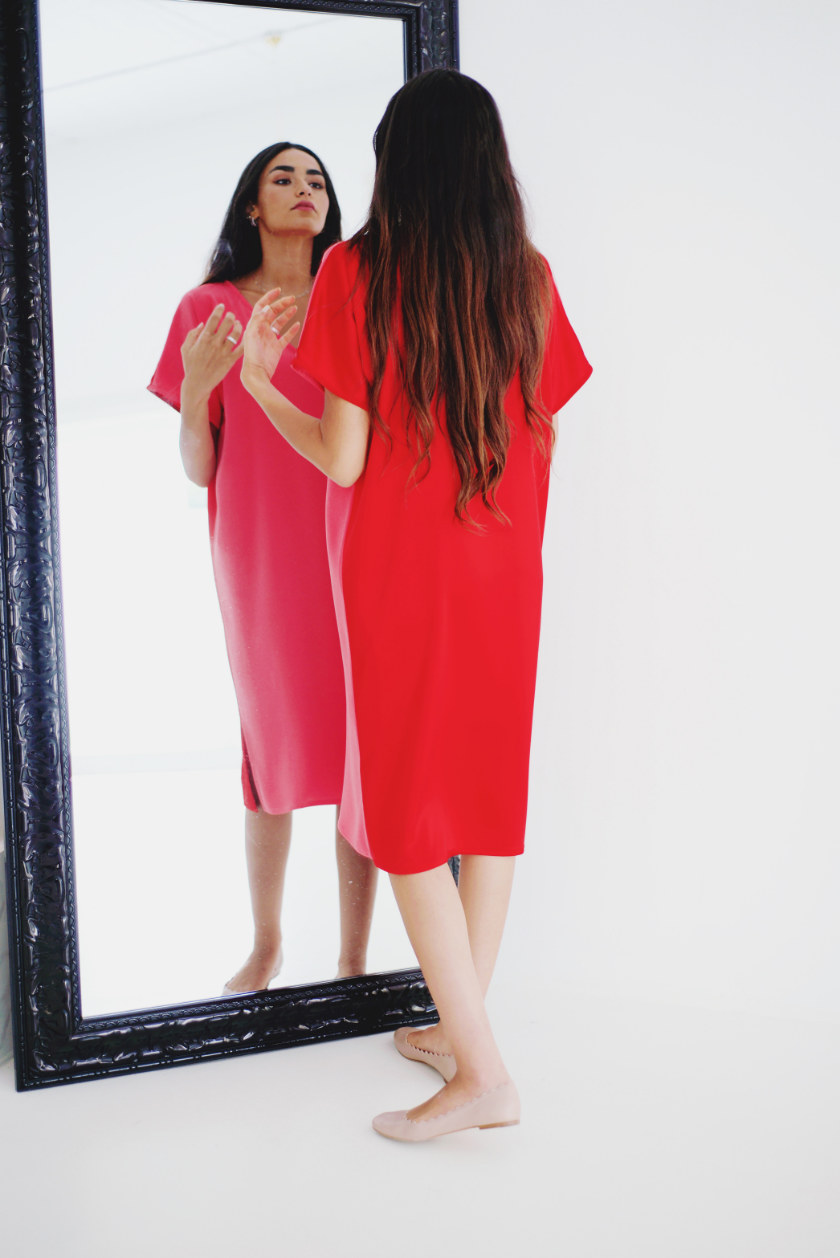
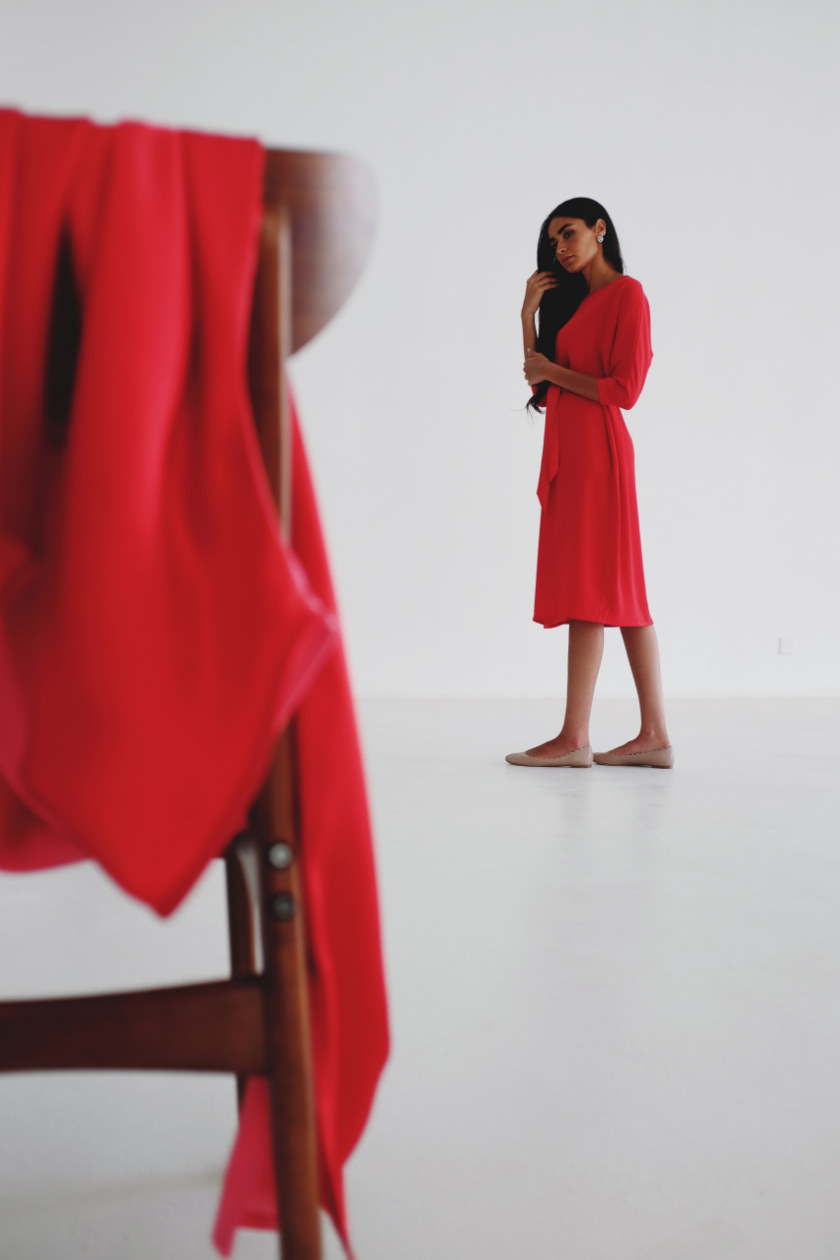
Can you tell us about some of your collections?
I launched the brand in 2018 with my first collection, which was 31 pieces in ivory and black. I called it Pilot because I wanted to test the market. It might sound like an ordinary name but there is a meaning behind it. I used similar designs with different fabrics to show how we can play around with different fabrics. The process of producing a collection takes me up to a year, planning, conceptualizing, studying the fabrics, colours and textures. My inspiration for the collection was based on my research of minimalism and what is called the 10-piece wardrobe approach. The 10-piece wardrobe idea comes from the French. It means basically having 10 pieces in your wardrobe and every time a piece is worn, you pair it differently. And that is what I wanted to create.
Eve was my second collection. It was inspired by occasional evenings. When I presented my first collection, Maarkah NYFW wanted to feature my collection in New York Fashion Week. It was such an honour but I didn’t have many of the pieces because they had been sold. So the second collection was based on New Year’s Eve, Christmas Eve, and revolved around New York’s lifestyle. It consisted of pieces with very neutral colours. I kept the skin tones in mind and so the lighter shades of beige would work more with both skin tones, and the darker beige would work with neutral skin tones.
Be is my third collection. It is a resort collection and is all about letting yourself go and allowing yourself to just be. Be mindful. Be grateful. Be. Additionally we used our interpretation of Japanese culture. The colour palate merged cherry blossom trees with a hint of ’80s vibe.
Our T-shirts which are our best sellers are not mass-produced. They are printed manually.
I have designed some new pieces that I would like to unveil in this issue of Lucire KSA. The new pieces consist of very conceptual photography. The models, the background, the chair, the eye contact, the over-layering, the circles, the lines are all visually pleasing and the pieces grab your attention instantly. It has a story. I want people to see the brand as a concept. I wanted the photos and the pieces and all elements in the photos to spark interest and also to start a conversation.
What is your inspiration when you are designing?
My main inspiration is mixing and matching, and exploring the versatility that exists in fabric and its layering. Again, it just an example of finding depth in simplicity. I find it intriguing to continuously go over the same fabric and to focus on a different aspect of it every time. I am inspired about how there are infinite ways to create, design, produce and innovate.
Who are your customers locally and internationally?
People who appreciate tailoring, who understand minimalism, and who appreciate beauty and intricacy down to the smallest details. People who can see the versatility in a design that others may not be able to. Finally, people who believe in the psychology of the brand, and what I am trying to do with it.
What are some of the challenges you face in this industry and as an entrepreneur?
One of the many challenges I face as an entrepreneur is marketing. It is a challenge to figure out how to convey your message to a fashion community that is very selective. I believe, however, that there is nothing a person or a brand can’t overcome as long as you have a supportive group that believes in what you do. If you have this mentality, you will thrive. You must be kind to your brand. In other words, let it develop originally, so that it can be authentic. Designers should stay humble and learn from others. That helps us stay motivated. The world will always be open to new ideas. I have noticed that when people visit my boutique they tend to understand the concept better and they instantly connect with the pieces and buy them. Sixty per cent of my first collection was sold out in two days.
Tailoring is another challenge. There aren’t many resources in Saudi Arabia. It took me almost a year and a half to find good tailors and even when I found them, I had to be next to them and check every little thing. I personally don’t have a background in tailoring so I learned it later when I started my brand. I studied everything online. There isn’t much education on these aspects in the industry and it is very challenging to deal with tailors and get good results. I like to do everything locally. I work with a local company that brings fabrics from abroad and the company is very well informed about the fabrics.
Can you tell us who your three favourite designers are? And how did they influence your approach to fashion designing?
Gabrielle Bonheur (founder of Chanel). She looked for minimal colours in her work and her dedication to minimalism in an environment where everything was exaggerated was inspiring. She found that other designers, and people in general, were too extravagant in their views and lives, so she chose to tone things down and keep them practical.
Kanye West taught me that one can be minimal and daring at the same time. He not only made casual pieces look elegant; he went against the grain by creating work that was minimal in a world where other designs were very embellished. He changed loungewear—comfort—into luxury fashion. The looks were minimal.
Vera Wang took her time with her designs. In fact, she worked in environments that she believed would reflect themselves in her work. She, for example, worked in work-spaces that were usually monotone (black, white or grey). She did this in order not to be interrupted or influenced by her surroundings. She keeps her work environment simple in order to foster greater imagination in the design process.
These designers helped shape my vision in finding balance between minimalism, luxury fashion and art. They taught me to find the depth of simplicity.
How are things evolving in the new Saudi Arabia where Vision 2030 is the buzzword? Are you surprised by the pace of change? And where do you see the Saudi fashion industry heading in the coming years?
Vision 2030 has many different meanings attached to it. Officially, it seems to be about creating a more diverse economy. To me it is about standing for more than just the material world, which by definition brings us to the metaphysical world. Expressing our artistic side, as I am trying to do through minimalistic fashion, is one of the infinite ways this is transpiring. I would not say I am surprised by the pace of change. Change, sooner or later, is inevitable. With the pace of the change being experienced, it is difficult to say where the fashion industry is headed. It can go different places, and not just in one direction. I am very excited about that uncertainty.
What kind of support do you think the government should provide to the industry?
Perhaps some investment in better creative schools domestically, and investment in students learning art abroad. These are points where I believe the government could help.
What are your plans and ambitions for the future?
In the future, I would love to do some panel discussions and talk to people about the concept of Laith in order to spread awareness about slow fashion. To visit my boutique, people need to make appointments because we give the visitors individual attention, time for them to try the pieces on, and we help them in styling and how the clothing will look on them. I enjoy that so much. If you talk to your customers and explain what goes behind the pieces and connect with them on a personal level, you are actually helping their self-esteem. Everything that we are trying to do as Laith has its psychological effect on our customers’ perspectives. I want Laith to go in that direction and I hope that in the future, people will have a fuller understanding of the concept. •
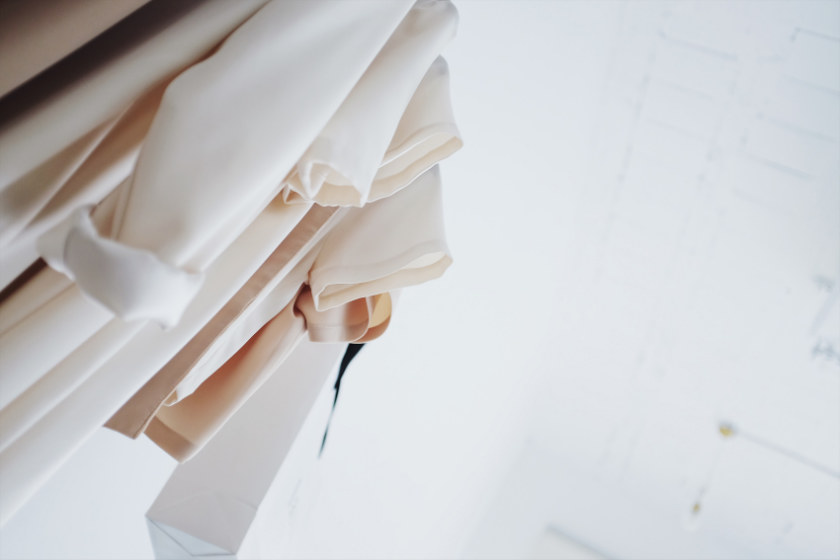
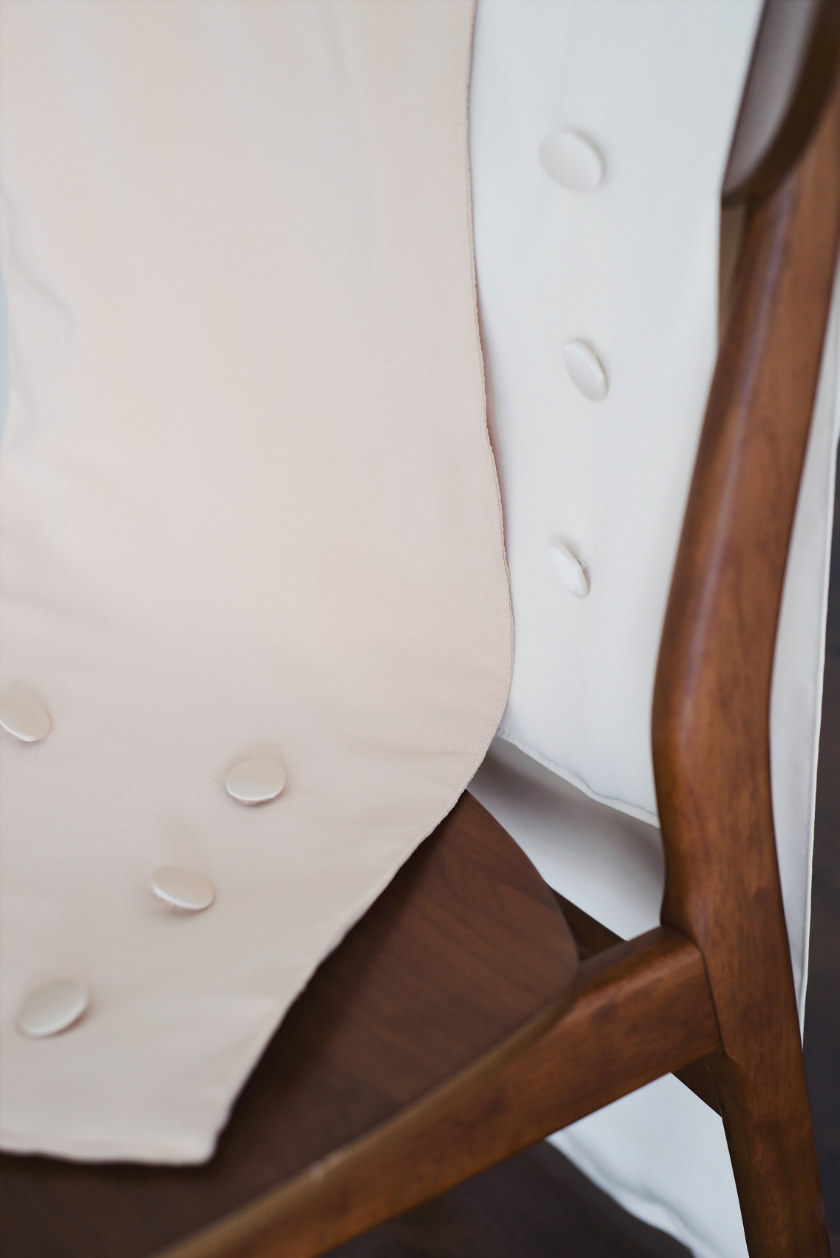
Related articles hand-picked by our editors
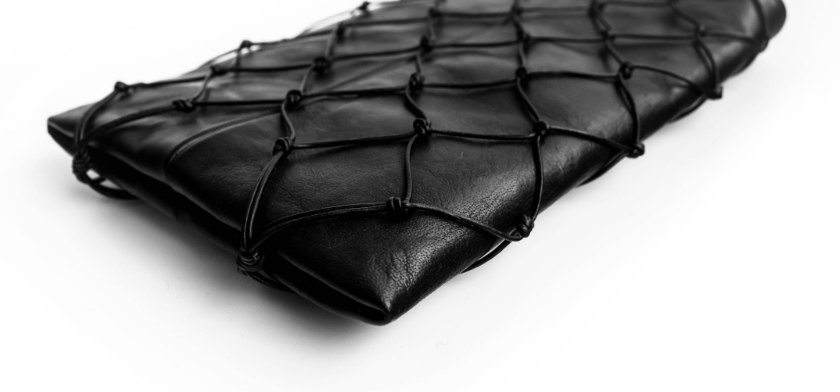
In praise of slow fashion
Anna Deans, who sources her fabrics for her accessories ethically and in an environmentally friendly way, doesn’t think of her eponymous label as ‘eco-fashion’, writes Jack Yan
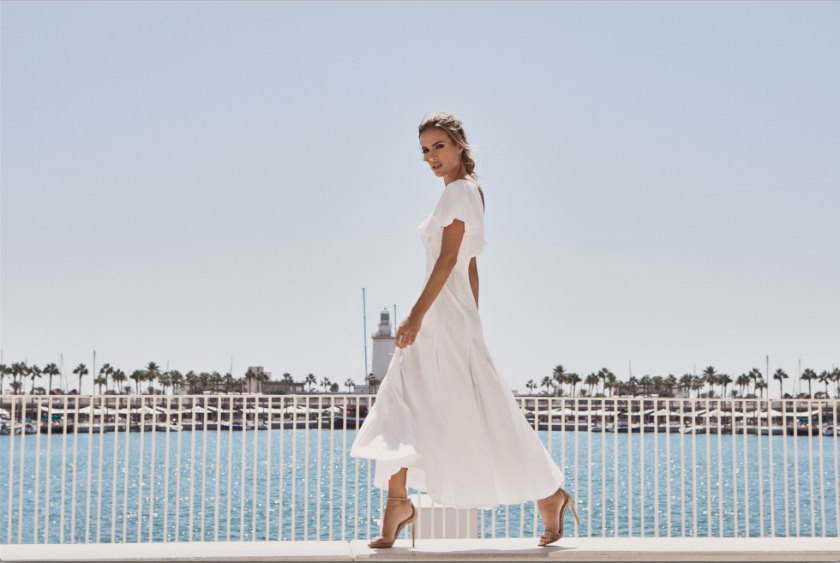
Making luxury ethical
Saudi designer Sadeem Alshehail launched her prêt-à-couture fashion label Sadeem in 2016. Three years on, she’s already widely recognized as a leader in sustainable design. Qurratulain Wahab met up with her to find out more
From the September 2019 issue of Lucire KSA
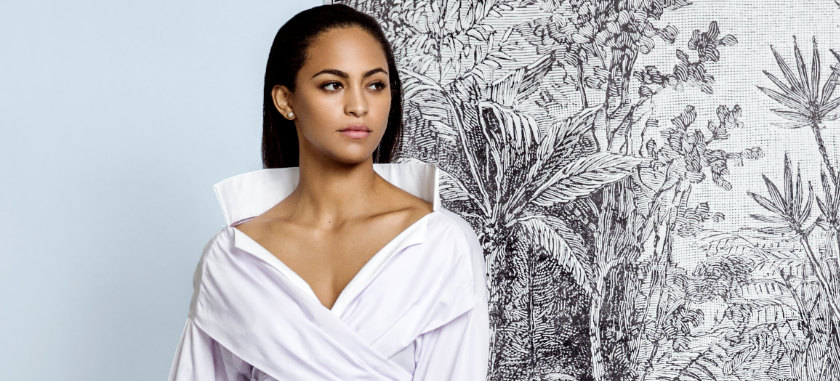
Bridging cultures
Since launching her own label in 2012, Saudi fashion designer, Nora Al-Shaikh has continued to craft unique designs that bridge cultures and have earned her a loyal following both at home in Saudi Arabia and internationally. Qurratulain Wahab visited Nora at her studio in Jeddah
From the June 2019 issue of Lucire KSA
Advertisement
Copyright ©1997–2022 by JY&A Media, part of Jack Yan & Associates. All rights reserved. JY&A terms and conditions and privacy policy apply to viewing this site. All prices in US dollars except where indicated. Contact us here.